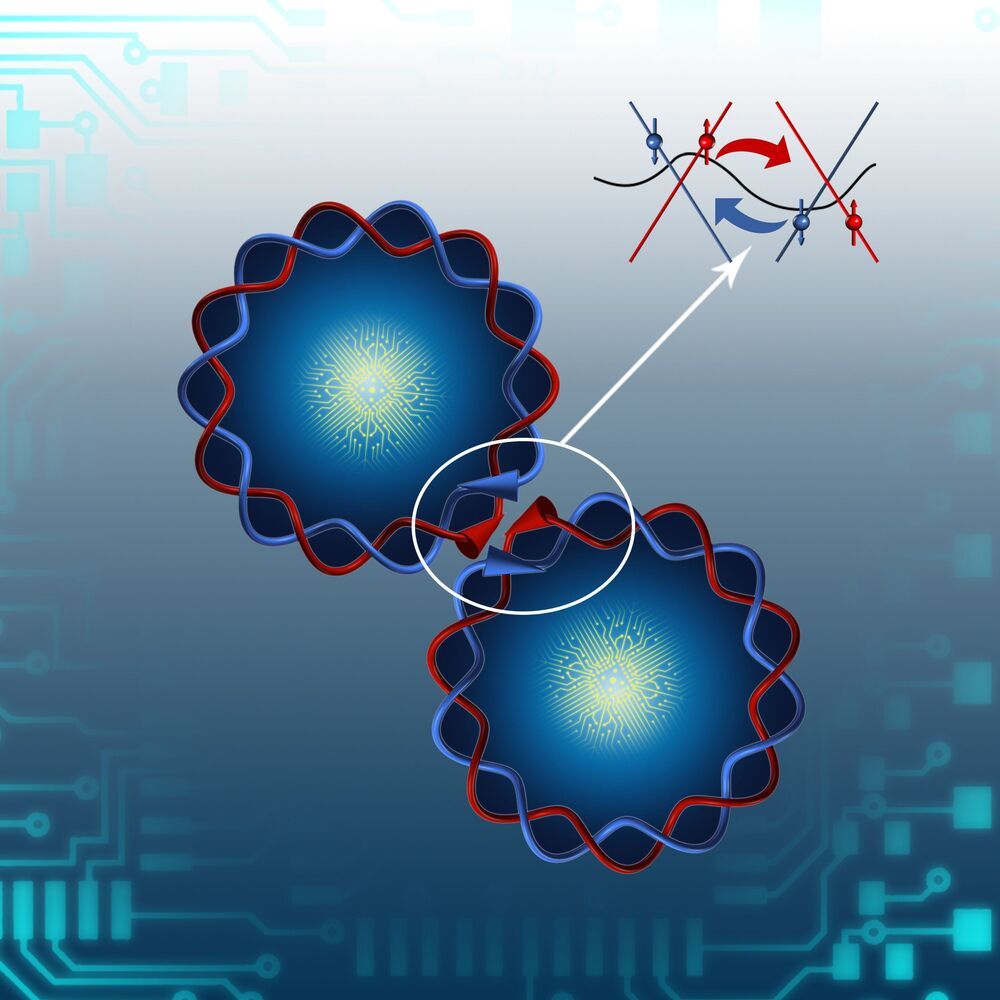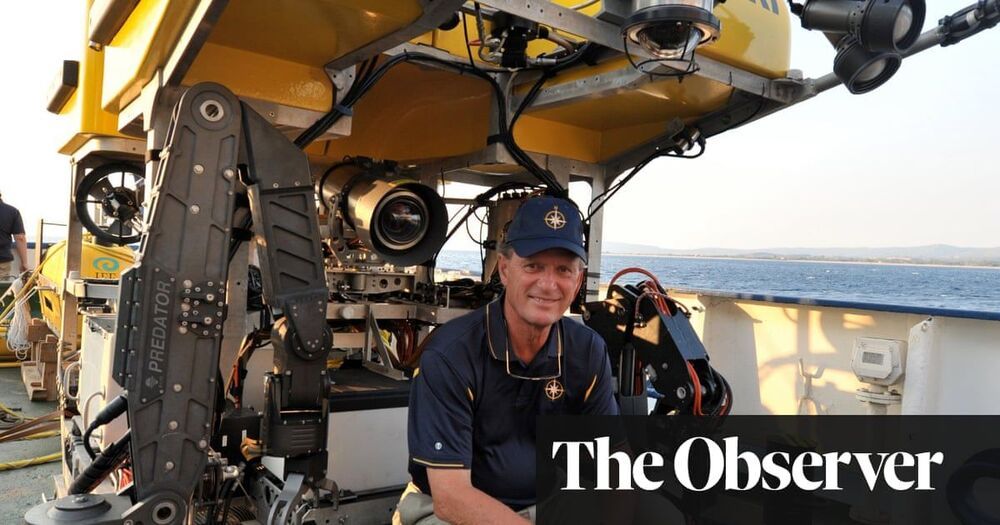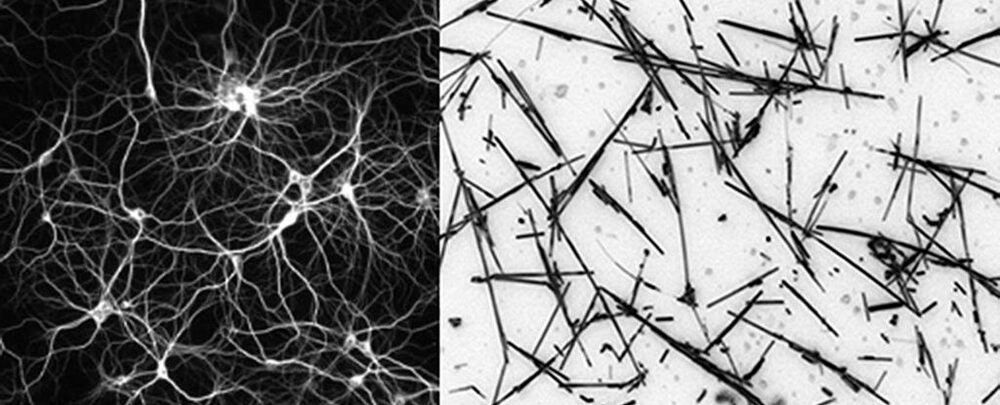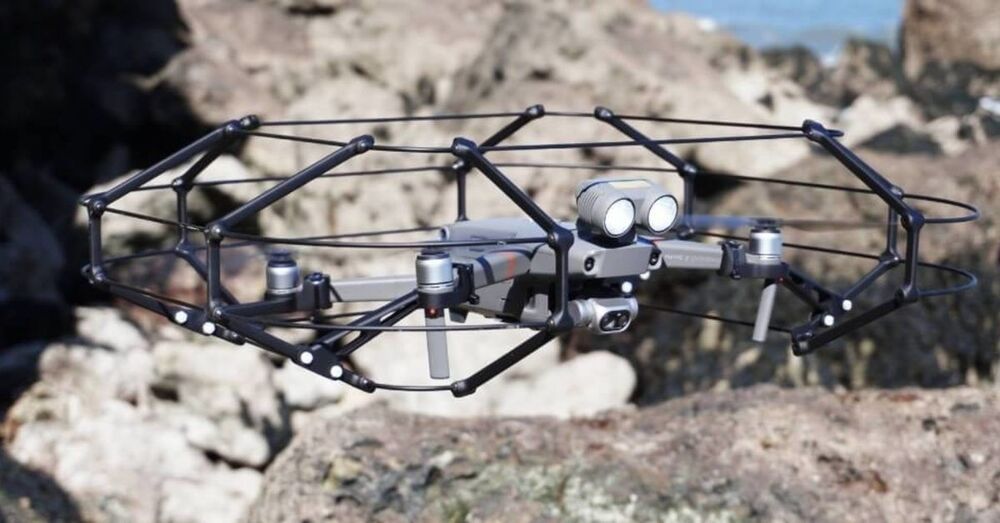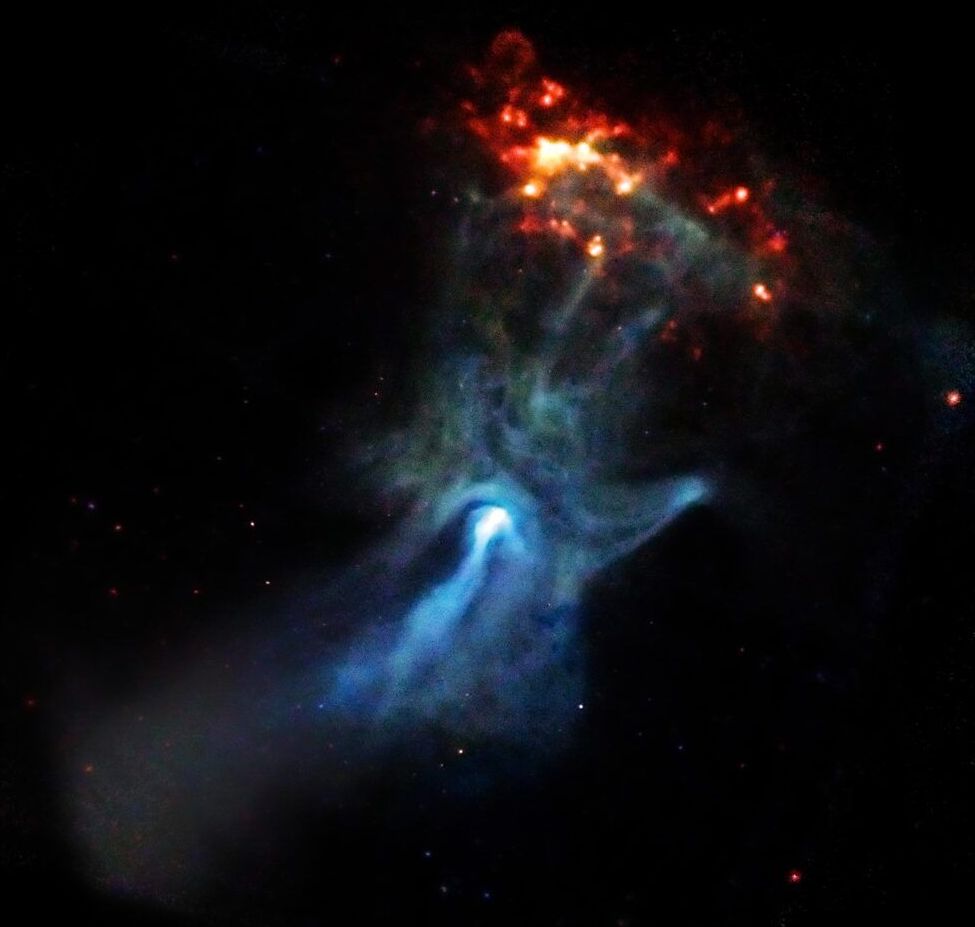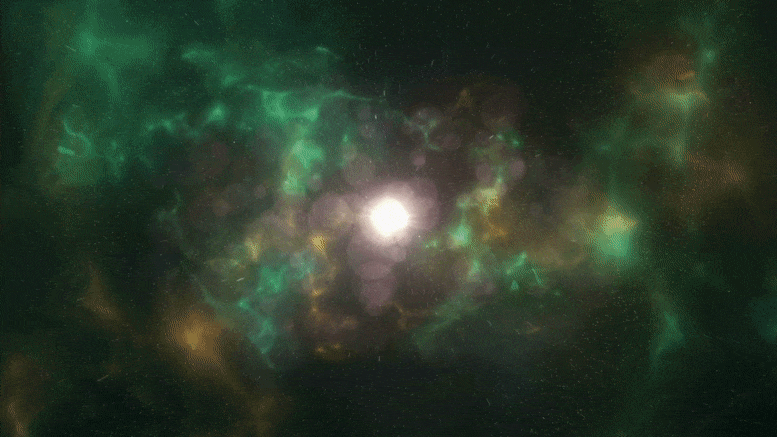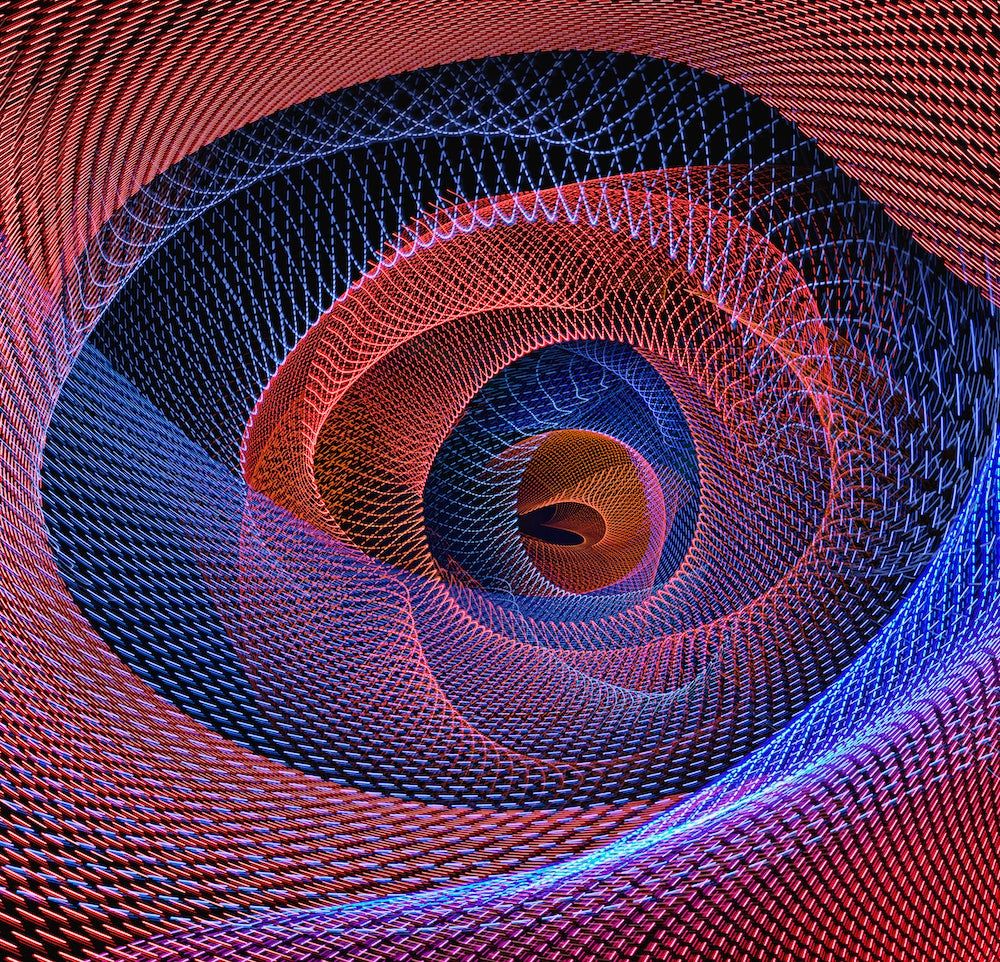Jul 5, 2021
The observation of 1D Coulomb drag between adjacent QSH edges separated by an air gap
Posted by Jose Ruben Rodriguez Fuentes in categories: energy, quantum physics
Two important factors limiting Moore’s Law are power consumption and Coulomb interactions are interactions between electric charges that follow Coloumb’s law, an electrodynamics theory.
These interactions can be a major challenge for the development of nanoelectronic circuits. Quantum spin Hall (QSH) insulators are particularly promising materials for the development of low-power electronics, yet so far the impact of Coulomb interactions on nanocircuits made by these materials have only been examined theoretically, rather than experimentally.
Researchers at Nanjing University and Peking University have recently observed one-dimensional (1D) Coulomb drag between adjacent QSH edges separated by an air gap. Their paper, published in Nature Electronics, highlights the potential of QSH effects for suppressing the adverse effects of Coulomb interactions on the performance of nanocircuits.
